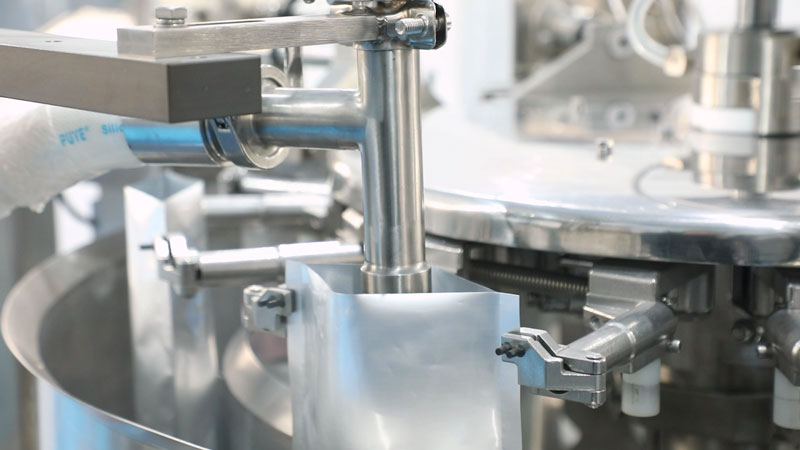Vacuum packing has become a go-to solution for preserving food—whether you’re a home cook stocking up on seasonal produce or a business owner extending the shelf life of products. But a common question lingers: How long does vacuum packed food actually last? The answer depends on two key factors: the type of food and storage conditions (refrigeration, freezing, or room temperature). Under normal circumstances, Vacuum-packed food typically lasts 3–5 times longer than conventionally stored food.Below, we break down shelf lives for common foods, share tips to maximize freshness, and debunk myths about vacuum-sealed food expiration.
Not all vacuum packed foods last the same. Here’s a practical breakdown for everyday items, based on FDA and food safety guidelines:
Frozen (0°F/-18°C or below): The gold standard for long-term storage. Vacuum packed beef, pork, or lamb can last 6–12 months (vs. 3–4 months in regular freezer bags). Chicken and turkey last 5–9 months (vs. 1–2 months unpacked).
Refrigerated (34–40°F/1–4°C): Use within 1–2 weeks for most raw meats. Ground meats (e.g., beef, turkey) are more perishable—stick to 3–5 days.
Frozen: Vacuum sealing locks in flavor and texture. Cooked meats (e.g., roasted chicken, pulled pork) last 2–3 months; soups and stews last 3–4 months.
Refrigerated: Extends shelf life by 50% compared to regular storage. Most cooked foods stay safe for 2–3 weeks (vs. 3–5 days in plastic containers).
At room temperature (68–77°F/20–25°C), vacuum packed dry goods resist moisture and pests:
Rice, quinoa, and oats: 6–12 months (vs. 3–6 months in open bags).
Nuts and seeds: 8–12 months (prevents rancidity from oxygen exposure).
Spices: 2–3 years (maintains potency longer than paper packets).
Frozen: Blanch veggies (e.g., broccoli, carrots) first to stop enzyme activity, then vacuum pack—they’ll last 8–12 months. Frozen berries or sliced fruit: 10–12 months.
Refrigerated: Fresh produce (e.g., lettuce, bell peppers) stays crisp for 1–2 weeks (avoid overpacking to prevent bruising).
Even with vacuum sealing, these mistakes can cut freshness short:
Poor Initial Freshness: Vacuum packing won’t “save” already spoiled or expired food. Always start with fresh, high-quality ingredients.
Leaky Seals: A tiny hole in the bag lets oxygen re-enter. Check seals before storing—press gently; if air seeps in, re-seal.
Temperature Fluctuations: Freezers or fridges that cycle between cold and warm (e.g., frequent door openings) speed up spoilage. Keep freezers at a steady 0°F/-18°C.
Cross-Contamination: If packing raw meats, avoid touching the inside of the vacuum bag with bare hands to prevent bacteria spread.

Filling process
Vacuum packaging can extend the shelf life of most foods by 3 to 5 times.—but it’s not a “forever” solution. By matching food type to storage conditions and following safety tips, you’ll reduce waste, save money, and keep meals fresh longer.
Got questions? Contact Us—we’re here to help you master food preservation!